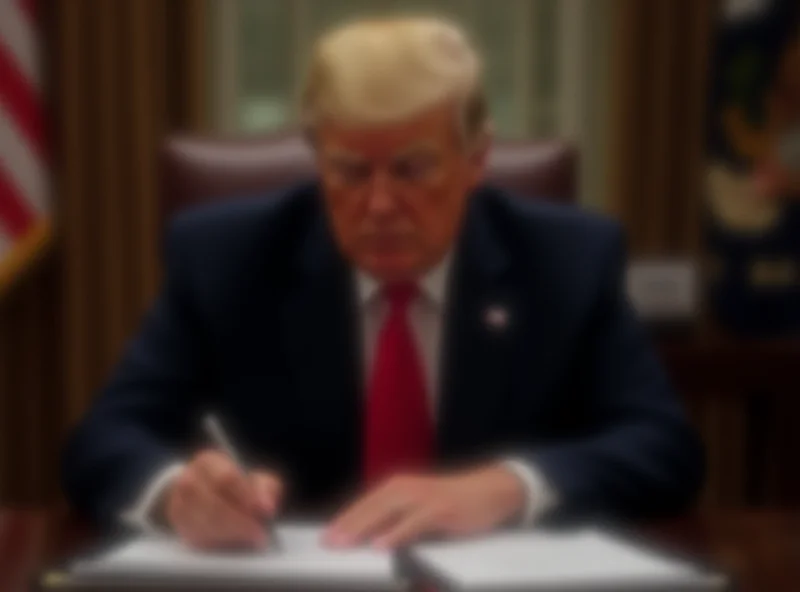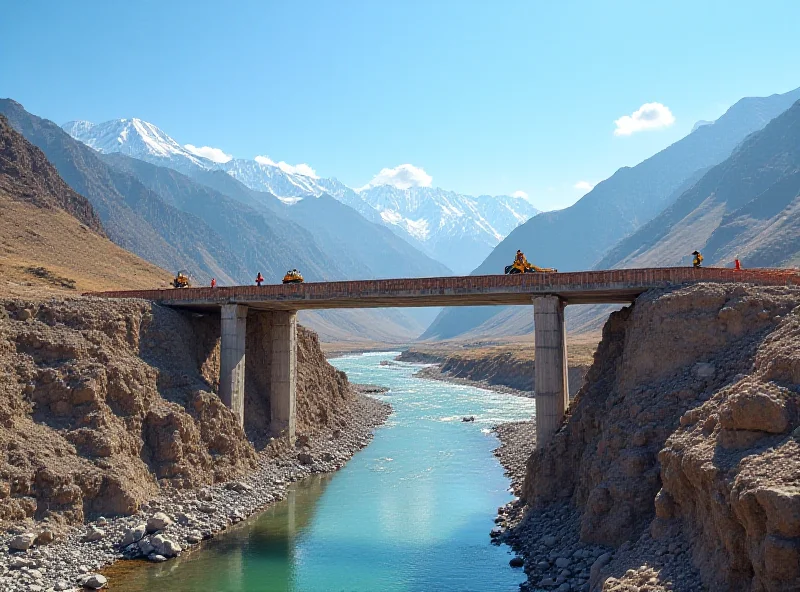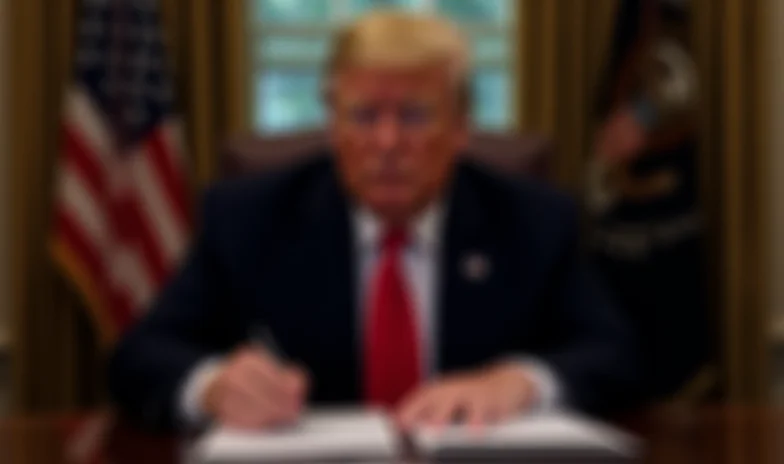The global economic landscape continues to shift, marked by rising trade tensions and strategic infrastructure investments. This week brings a mix of news, from tariff announcements impacting major economies to promising developments in regional connectivity and infrastructure development.
Trump's Tariff Announcements and Market Reactions
Former US President Donald Trump has been a significant player in shaping global trade policy. Recent announcements have sent ripples through international markets. Trump announced plans to impose a 25% tariff on European products, targeting automobiles and a range of other goods.  This move comes alongside the postponement of similar tariffs for Mexico and Canada until April 2, creating uncertainty and anxiety among businesses reliant on cross-border trade.
This move comes alongside the postponement of similar tariffs for Mexico and Canada until April 2, creating uncertainty and anxiety among businesses reliant on cross-border trade.
These decisions have not been without consequence. The confirmation of tariffs on imports from Canada, Mexico, and China has caused market declines and heightened trade tensions. The US president has repeatedly threatened to tax imports from two of the country's closest neighbors, intensifying concerns about the economic impacts.
Middle Corridor Gains Momentum
Amidst these trade disputes, there are positive developments in regional connectivity. The Middle Corridor, a strategic land and sea transport route connecting Asia and Europe, is gaining momentum. New agreements have been signed to enhance regional connectivity, improve trade routes, and boost economic cooperation among countries along this vital corridor.
These developments are expected to facilitate smoother transit of goods, reduce transportation costs, and create a more integrated trade environment in the region.  The project aims to enhance regional connectivity through improved logistics and trade links, offering a promising alternative to traditional routes.
The project aims to enhance regional connectivity through improved logistics and trade links, offering a promising alternative to traditional routes.
EBRD's Optimistic Outlook for Tajikistan
Shifting focus to Central Asia, the European Bank for Reconstruction and Development (EBRD) predicts that Tajikistan's GDP growth will be primarily driven by investments in infrastructure. This outlook highlights the importance of strategic investments aimed at modernizing and expanding the country's infrastructure, which is expected to bolster economic activity and long-term development prospects.
The EBRD's forecast suggests that targeted funding in infrastructure may play a crucial role in modernizing the economy and improving the overall standard of living in the country.  This optimistic outlook underscores the potential for infrastructure investments to drive economic growth in developing economies.
This optimistic outlook underscores the potential for infrastructure investments to drive economic growth in developing economies.
Europe's Defence Industry Faces Challenges
Meanwhile, in Europe, defence firms are grappling with their own set of challenges. Thales CEO Patrice Caine highlights a recurring issue within the European defence sector: production targets are failing to convert into actual orders. "The repeated complaint from the European defence industry is that targets do not translate into orders," Caine stated, emphasizing the need for concrete action to fill the capacity gap.
As global trade dynamics continue to evolve, these diverse developments highlight the complex interplay of tariffs, infrastructure investments, and regional cooperation in shaping the future of the world economy.
